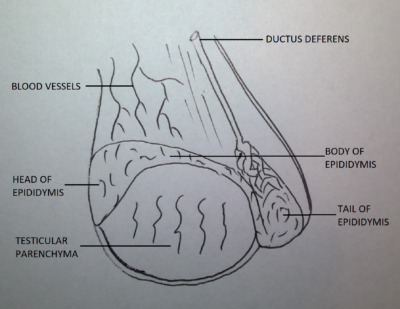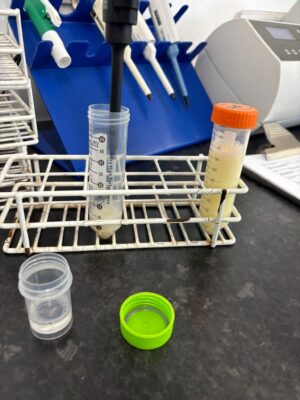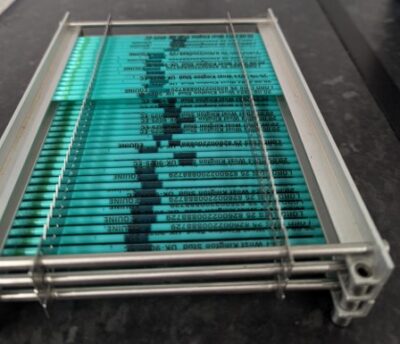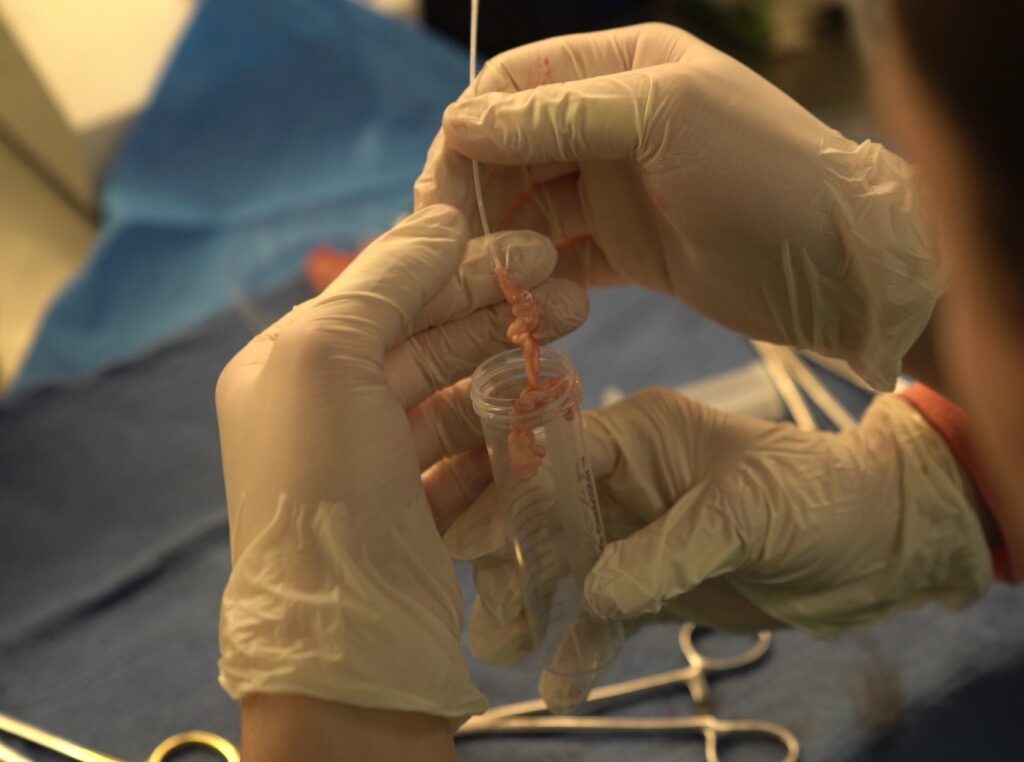
In this illuminating article, Anna Mitchell, specialist equine reproduction vet at B&W Equine Vets, discusses the technique of epididymal sperm harvesting in stallions. She explores how this procedure, performed after death or euthanasia, can help preserve valuable genetic material for future use. The article highlights the process, benefits, challenges, and considerations involved in this intricate procedure, offering insight into its role in equine reproductive medicine.
Purpose of the procedure
The sudden death of a stallion can be devastating, not only emotionally but also financially. Castration and harvesting the sperm from the epididymis immediately after death or euthanasia may enable doses of semen to be frozen and stored. Alternatively, epididymal sperm harvest can be performed as an elective procedure at the time of castration of a healthy animal.
Sperm Maturation

Spermatozoa produced in the testes feed into the epididymis, a duct comprised of three sections: the head, body and tail (see fig. 1). Spermatozoa take 8-11 days to transit the length of the epididymis, and during this time, they undergo maturation. This maturation is necessary for them to develop their fertile potential. It is only in the final (distal) part of the tail that the spermatozoa are ready for ejaculation upon sexual stimulation and it is these sperm in the distal tail of the epididymis that are recovered during epididymal sperm harvest for gamete rescue.
The Process
Generally in a catastrophic situation, the stallion is euthanised at a location remote to where the harvesting will take place. In this situation, the elected centre should be notified immediately, and specific instructions for the processing of the testes given. The testes are removed immediately after death or anaesthesia, by standard surgical castration method. The testes are shipped chilled to the harvesting centre to reach the centre as soon as possible, definitely within 24 hours of castration. Health testing of the stallion is performed ideally prior to castration.
Harvesting of the sperm requires extensive dissection of the distal tail of the epididymis. The tortuous duct is carefully dissected from its connecting tissue, to enable it to be straightened and the sperm flushed out, using a small cannula and semen extender, as shown below. This delicate dissection and flushing is performed in segments of the epididymis, and requires precision, time and patience. The harvested sperm can then be frozen.
Advantages and disadvantages
 Obtaining semen this way provides a means a means of semen collection in an emergency situation, and a means of propagating genetics of stallions that would otherwise be lost. It removes the need for the stallion to undergo extensive training for collection or be exposed to the breeding environment. In the case of healthy horses in competition, there is no interference with a training schedule.
Obtaining semen this way provides a means a means of semen collection in an emergency situation, and a means of propagating genetics of stallions that would otherwise be lost. It removes the need for the stallion to undergo extensive training for collection or be exposed to the breeding environment. In the case of healthy horses in competition, there is no interference with a training schedule.
Harvesting epididymal sperm is a less reliable technique for freezing good quality semen than collecting ejaculated spermatozoa. There is a fixed amount that can be harvested post-castration and even with optimal conditions, the number of doses achieved may be less than desired. With semen collection through ejaculation, collections can be repeated until the desired number of breeding doses are achieved. Other disadvantages of epididymal harvest are that semen from that stallion may not have been frozen before. With no ‘test freeze’ it is unknown as to how that stallion’s semen responds to freezing, and which are the optimal freezing extender and processing technique for that individual
Expectations
 Number of doses: The amount of semen recovered from the epididymis is highly variable and is a affected by both stallion and castration factors. From a sexually mature, healthy stallion, 10-50+ doses can be expected.
Number of doses: The amount of semen recovered from the epididymis is highly variable and is a affected by both stallion and castration factors. From a sexually mature, healthy stallion, 10-50+ doses can be expected.
Semen quality: Post-thaw semen quality can be highly variable after epididymal sperm harvest. Factors affecting the quality include the stallion’s intrinsic semen quality, general health of the stallion, reason for euthanasia/castration, method of euthanasia and testes and semen handling/transport conditions.
***
Anna Mitchell undertook an internship at B&W Equine Hospital in 2014, before completing a fellowship in equine medicine in Kentucky. She then gained further experience during stud seasons in Scone, Australia. Subsequently, Anna undertook a theriogenology residency at Cornell University, where she remained as a clinical instructor for a time. Anna has a particular interest in managing problem mares, stallion subfertility, and advanced reproductive techniques, including embryo transfer, embryo freezing, and ovum pick-up/ICSI.
Outside of her professional work, Anna enjoys running, skiing, riding, and has a keen interest in both flat and jump racing.

